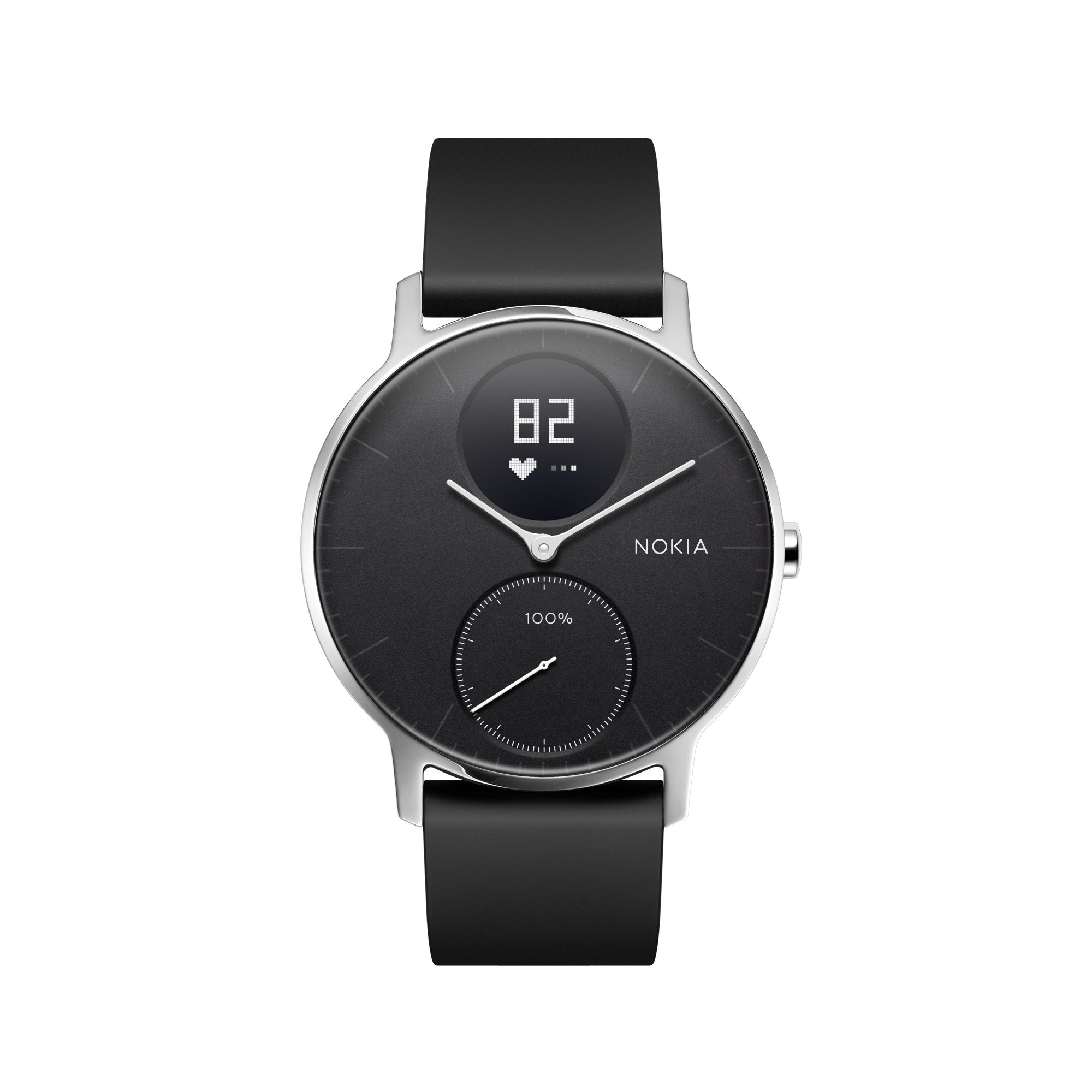
Some of your favorite indulgences might not only have a negative impact on your waistline, they could contribute to a condition you may not even know you have.
Most people are familiar with diabetes, whether they have personal experience with it or not. The majority of us know it’s a disease that in some cases is genetic, while in others, it develops over time—but what we often fail to discuss is prediabetes.According to the American Diabetes Association, a person is considered to have prediabetes when their blood glucose levels are “higher than normal but not yet high enough to be diagnosed as diabetes.” Although prediabetes does not always lead to type 2 diabetes, people with prediabetes have a higher risk of not only developing type 2 diabetes, but also of developing cardiovascular disease.
But how can you know if you’re at risk? In a recent prediabetes Q&A published in UC San Diego Health, Julie Çelebi, MD lays out the risk factors, explaining that “these disorders are closely tied to weight, so those most at risk are people who are overweight or obese.” However, she goes on to explain that there are other factors at play as well. Being of a specific race (in particular, Latino, African American, Asian American, Native American and Pacific Islander) can also increase your risk, as can certain factors in your medical history. Unfortunately, Çelebi also explains, “people with prediabetes generally don’t have any symptoms. If they are exhibiting symptoms, they likely already have diabetes.”
So how do you know if you have prediabetes? Since its difficult to identify through the presentation of symptoms, there seems to be only one definitive answer: get tested. There are three main methods for testing diabetes. The first is to have your average blood glucose levels monitored over the span of three months. This is commonly known as the A1C test. If your results come back higher than 5.7% but lower than 6.4% you are considered to have prediabetes. The next method is to measure fasting plasma glucose. In other words, it’s a measurement of the glucose—or sugar—in your plasma when you haven’t eaten or drunk anything (but water) for at least 8 hours. For this test, the prediabetes range falls between 100 mg/dl and 125 mg/dl. The final test, known as the OGTT, or Oral Glucose Tolerance Test, is a test that measures how your body processes sugar 2 hours after drinking a “special sweet drink” (according to the American Diabetes Association). Falling between 140 mg/dl and 199 mg/dl leaves you in the range of prediabetes.
Luckily, there are preventative measures which can not only ward off prediabetes but also reverse the effects for those who have already been diagnosed. The American Diabetes Association recommends cutting back on calories and saturated fat. If you are overweight, they recommend losing 7% of your body weight—or 15 pounds if you already weigh 200—to reduce risk and start to reverse the condition. On top of that, they recommend a healthy level of exercise, like taking a brisk walk for 30 minutes each day.
According to diabetes.org, less than 10% of Americans had diabetes as of 2012, but more than ⅓ of American adults had prediabetes, and 9 out of 10 of them were unaware that they had this condition. Without engaging in weight loss or increased physical activity, 15-30% of these people will develop type 2 diabetes within 5 years, which can cause serious health complications.
So if you think there is any chance you may have prediabetes, consider getting tested now, so you can take steps to reverse it before the condition progresses. And remember, engaging in regular physical activity, eating healthy, and maintaining a healthy weight will not only help prevent diabetes, they’ll improve your overall health as well.



